Fluid Thioglycollate Medium (Thioglycollate Medium Fluid)
Pack Size: 500gm
Brand: Micro master
Origin: India
Intended Use
Fluid Thioglycollate medium (Thioglycollate medium Fluid) (DM263) is recommended for sterility testing of biologicals and for cultivation of aerobes, anaerobes and microaerophiles.
Product Summary and Explanation
Quastel and Stephenson(1) noticed that the presence of a small amount of a compound containing an –SH group (cysteine, thioglycollic acid, glutathione) allowed “aerobic” growth of Clostridium sporogenes in tryptic digest broth. Falk, Bucca and Simmons(2) brought out the advantages of using small quantities of agar (0.06-0.25%) in detecting contaminants during sterility testing of biologicals. Brewer(3) demonstrated the value of combining a small amount of agar and a reducing substance. Brewer’s experiments revealed that anaerobes grew equally well, in a liquid medium containing 0.05% agar, irrespective of presence or absence of sodium thioglycollate. Marshall, Gunnish and Luxen(4) reported satisfactory cultivation of anaerobes in Brewer’s Thioglycollate Medium in the presence of a mercurial preservative. Neutralization of the bacteriostatic effect of mercurial compounds by sodium thioglycollate was confirmed by Nungester, Hood and Warren(5) and Portwood.(6) Vera(7) introduced incorporation of casein peptone. Malin and Finn(8) reported the commonly used medium containing thioglycollate is inhibitory to some organisms in the presence of a carbohydrate.
Fluid Thioglycollate Medium is recommended in the FDA Bacteriological Analytical Manual (BAM)(9) and the Official Methods of Analysis of AOAC International(10) for the examination of food, and for determining the phenol coefficient and sporicidal effects of disinfectants. Fluid Thioglycollate Medium is also specified for sterility checks on banked blood.(11) It is one of the media recommended in the USP for use in sterility testing of articles purporting to be sterile; these formulations meet the requirements of the USP growth promotion test.(12) Fluid Thioglycollate Medium is routinely used to check the sterility of stored blood in blood banks it is also intended for the examination of clear liquid or water-soluble materials.(13)
Principles of the Procedure
Fluid Thioglycollate medium contains pancreatic digest of casein, yeast extract, L -cystine which provides the growth factors necessary for bacterial multiplication. Dextrose is the carbon and energy source. L-cystine and sodium thioglycollate allows Clostridium to grow in this medium even under aerobic conditions. Small amount of agar added in the medium favors the growth of aerobes as well as anaerobes in the medium, even if sodium thioglycollate is deleted from the medium and also helps in maintaining low redox potential for stabilizing the medium. Sodium thioglycollate act as a reducing agent and neutralizes the toxic effects of mercurial preservatives and peroxides formed in the medium, thereby promoting anaerobiosis, and making the medium suitable to test materials containing heavy metals. Resazurin is an indicator dye when oxygen content increases slightly, it is indicated by a colour change of redox indicator, resazurin to red.
Formula / Liter
| Ingredients | : Gms / Liter |
| Pancreatic digest of casein | : 15.00 |
| Yeast extract | : 5.00 |
| Dextrose | : 5.50 |
| Sodium chloride | : 2.50 |
| L-Cystine | : 0.50 |
| Sodium thioglycolate | : 0.50 |
| Resazurin sodium | : 0.001 |
| Agar | : 0.75 |
| Final pH: 7.1 ± 0.2 at 25°C | |
| Formula may be adjusted and/or supplemented as required to meet performance specifications | |
Precautions
1. For Laboratory Use only.
2. IRRITANT. Irritating to eyes, respiratory system, and skin.
3. If more than the upper one-third of the medium has acquired a pink colour, the medium may be restored once by heating in a water bath or in free flowing steam until the pink colour disappears.
4. Do not reheat the media more than once; continued reheating gives rise to toxicity.
Directions
1. Suspend 29.75 grams of the medium in one liter of distilled water.
2. Heat to boiling, to dissolve the medium completely.
3. Autoclave at 121°C, 15 psi pressure, for 15 minutes / validated cycle.
4. Cool to 25°C and store in a cool dark place preferably below 25°C.
Note: FTM has a slight turbidity or haze
Quality Control Specifications
| Dehydrated Appearance | : Cream to yellow homogeneous free flowing powder |
| Prepared Medium | : Light straw coloured, clear to slightly opalescent solution with upper 10% or less medium pink on standing. |
| Reaction of 2.97% Solution | : pH: 7.1 ± 0.2 at 25°C |
| Gel Strength | : Not Applicable |
Expected Cultural Response: Cultural characteristics observed after an incubation at 30-35°C for not more than 3days.
| Sr. No. |
Organisms | Results to be achieved | |
| Inoculum(CFU) | Growth | ||
| 1. | Clostridium sporogenes ATCC 19404 | 50 – 100 | good-luxuriant |
| 2. | Clostridium sporogenes ATCC 11437 | 50 – 100 | good-luxuriant |
| 3. | Clostridium sporogenes NBRC 14293 | 50 – 100 | good-luxuriant |
| 4. | Clostridium perfringens ATCC 13124 | 50 – 100 | good-luxuriant |
| 5. | Bacteoides fragilis ATCC 23745 | 50 – 100 | good-luxuriant |
| 6. | Bacteroides vulgatus ATCC 8482 | 50 – 100 | good-luxuriant |
| 7. | Staphylococcus aureus ATCC 25923 | 50 – 100 | good-luxuriant |
| 8. | Staphylococcus aureus ATCC 6538 | 50 – 100 | good-luxuriant |
| 9. | Pseudomonas aeruginosa ATCC 27853 | 50 – 100 | good-luxuriant |
| 10. | Pseudomonas aeruginosa ATCC 9027 | 50 – 100 | good-luxuriant |
| 11. | Micrococcus luteus ATCC 9341 | 50 – 100 | good-luxuriant |
| 12. | Streptococcus pneumonia ATCC 6305 | 50 – 100 | good-luxuriant |
| 13. | Escherichia coli ATCC 25922 | 50 – 100 | good-luxuriant |
| 14. | Escherichia coli ATCC 8739 | 50 – 100 | good-luxuriant |
| 15. | Escherichia coli NCTC 9002 | 50 – 100 | good-luxuriant |
| 16. | Salmonella Typhimurium ATCC 14028 | 50 – 100 | good-luxuriant |
| 17. | Salmonella Abony NCTC 6017 | 50 – 100 | good-luxuriant |
| 18. | Bacillus subtilis ATCC 6633 | 50 – 100 | good-luxuriant |
The organisms listed are the minimum that should be used for quality control testing.
Test Procedure
Refer to appropriate references for standard test procedures.
Results
1. After incubation, growth is evidenced by the presence of turbidity compared to an uninoculated control.
2. Strict aerobes tend to grow in a thin layer at the surface of the broth; obligate anaerobes will grow only in that portion of the broth below the upper oxidized layer.
Storage
Store the sealed bottle containing the dehydrated medium at 10 – 30°C. Once opened and recapped, place container in a low humidity environment at the same storage temperature. Protect from moisture and light.
Expiration
Refer to the expiration date stamped on the container. The dehydrated medium should be discarded if not free flowing, or if the appearance has changed from the original color. Expiry applies to medium in its intact container when stored as directed.
Limitations of the Procedure
1. Anaerobes can be overgrown by more rapidly growing facultative organisms.
2. If plating medium reveals no growth examine and Gram stain broth.
3. Never rely on broth cultures exclusively for isolation of anaerobes. Some anaerobes may be inhibited by metabolic products or acids produced from more rapidly growing facultative anaerobes.
4. Consult appropriate texts for detailed information and recommended procedures.

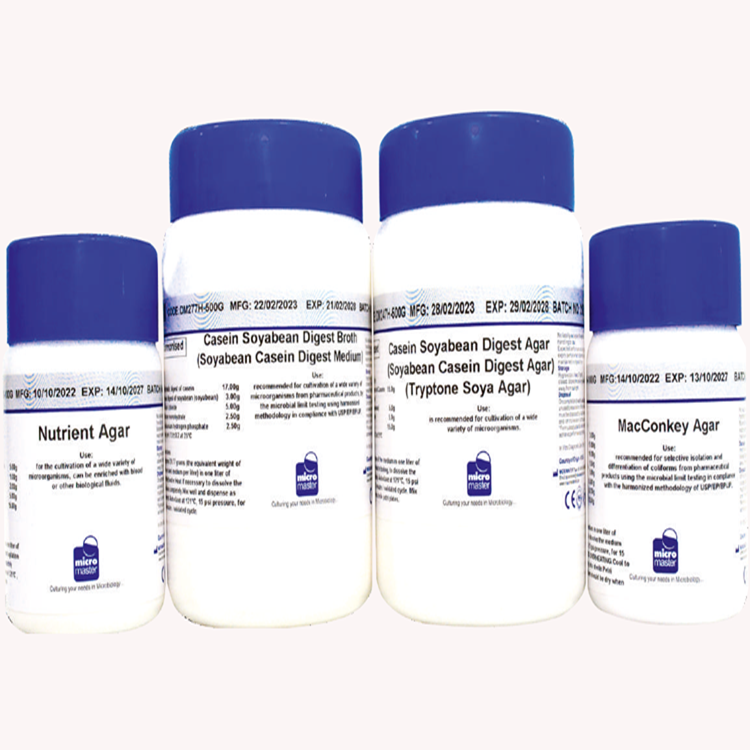

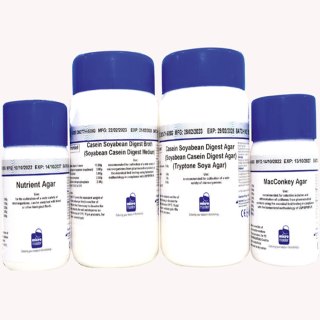
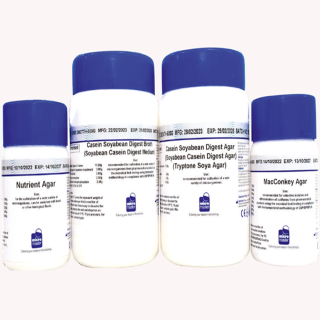

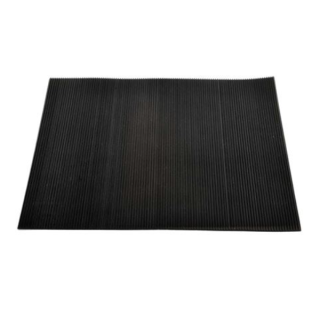
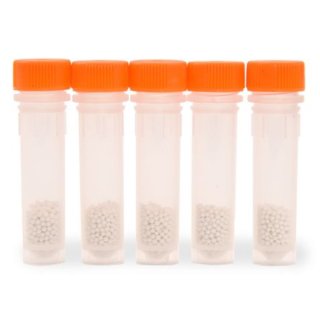
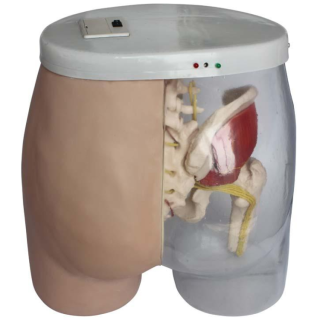





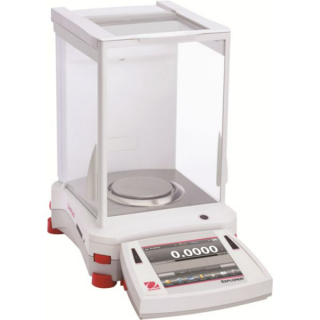
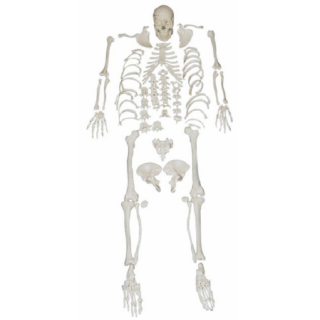
Reviews
There are no reviews yet.